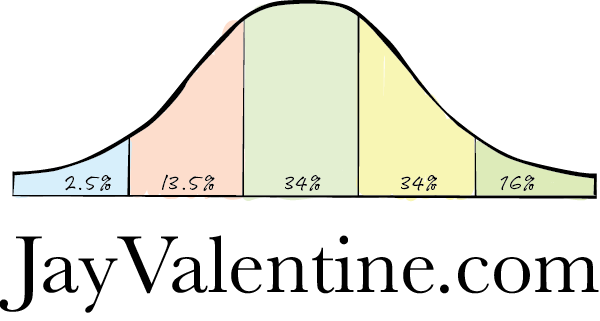Have you noticed the growing number of LinkedIn or tech magazine posts about the CIO who went to the cloud and “digitally transformed” an app portfolio? If you haven’t you are way too caught up worrying about face masks.
Why is there no transformation criteria list?
If there is, why can’t we see it? Why are tech reporters not asking for it?
Here, let me help you: If CEOs saw how little transformation they get for the millions spent, unemployment would soar.
Let’s create one together:
“After our digital transformation:”
- Our applications ran 1,000 times, up to a million times faster.
- Our apps use 90 percent less storage.
- Our developers can deliver any app, no matter how large, in a quarter.
- We eliminated the tax of Oracle and VMware and put that dough into new apps.
- We eliminated the need for a data center – our apps run on Intel NUCs.
- Our data center energy usage fell by 70 percent.
These criteria, now OUTCOMES are a good starter list.
With current technology, hitting any one of them would create front-page news in a major tech journal. But you aren’t reading about them, are you? No, you’re not.
You cannot see these outcomes moving to the cloud because the cloud is just someone else’s data center. The same technology is in the cloud landing zone as was in the data center from whence the apps came.
You are not reading about these outcomes from the movement to containers and microservices either are you?
Of course not. Microservices use the same underlying stack used by their ungainly, non-agile predecessors. And since they cannot run faster than their infrastructure, well, no new outcomes.
So what does a savvy CIO do today?
They have to do something and it better have the words “digital transformation” attached to it. They fund a massive transformation – moving their apps to the cloud, maybe even rewriting a few.
Transformation means “getting there” not changing anything.
Success today is getting a deal done with Azure or AWS to move stuff to the cloud. Once there, the clueless customer gobbles up the massively expensive “value add services” watching the cloud bill explode.
There is little visibility to that bill until after the services are consumed. Many cloud customers are feeling that pain from the monthly billing surprise.
An even more sinister little trick is the vendor constantly tuning those value-added services to eliminate any possibility of the customer ever departing. Talk about a sticky customer experience!
All of this, and no criteria list. No objective success measurement.
There is no elimination of Oracle or VMware. Apps do not run much faster, if at all. Storage actually increases, not falls 90 percent
The Einstein rule paraphrased here is that you cannot solve a problem with the same tools that created it.
You cannot move to the cloud, transform anything in your app portfolio, with the same infrastructure in someone else’s data center.
The choice is either to stay with the current tech stack and keep the same outcomes or move to a new programming paradigm and deliver quite different outcomes.
There is a growing demand for disruptive outcomes, whatever it takes. And those outcomes begin with criteria everyone can read.
Let us state them here, again:
Digital transformation must deliver:
- Apps that run at least 1,000 times faster
- With 90 percent less storage
- On cheap, common hardware
- Or, if in the cloud, below the services layer thus reducing costs 90 percent
- They must reduce electric energy by 70 percent
- They must reduce IT costs by at least 50 percent
This is a digital transformation list every CEO should find compelling.
Perhaps it is time for CEOs and boards to demand such results.
What is certain is that cloud vendors cannot deliver this kind of transformation with their current tools. Nor can microservices or containers alone.
It is time for a new computing paradigm that delivers these outcomes every day.
Fractal Programming, the next step beyond microservices delivers microsystems.
Fractal Programming delivers disruptive outcomes, at 1/10th the cost and time of traditional technology. Microservices – writ large, are the future.
